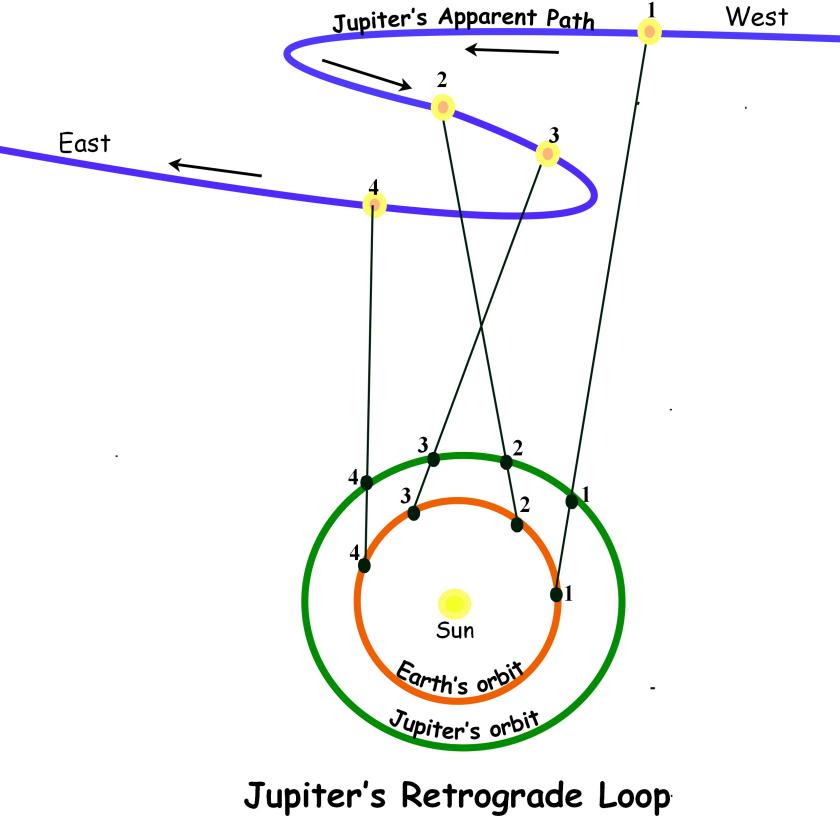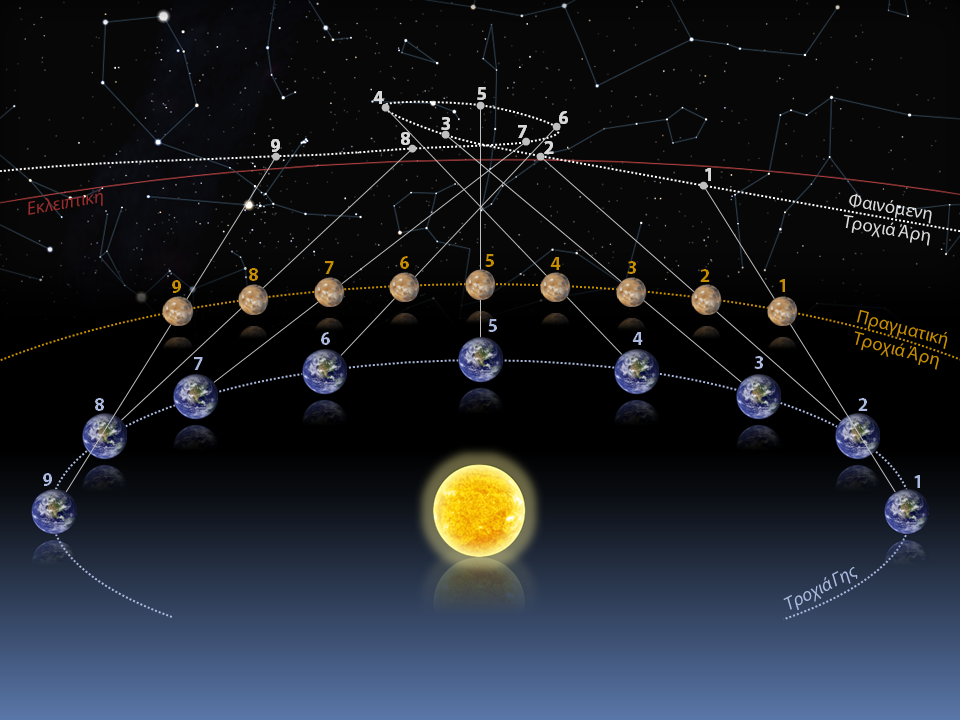

This was during the first days of Mercury’s evening elongation. The retrograde motion picture is accompanied by a scene from the evening of 24th May 2020, which shows Mercury with the Moon and Venus shining in the west. But it is nice to see a faint Mercury drift westward in the sky during inferior conjunction, which would otherwise be impossible to follow. From the vantage point of SOHO, Mercury was noticeably further south than it would be seen from here on Earth. SOHO is positioned at Sun–Earth L1 Lagrangian point, about 1.5 million km closer to the Sun than Earth. There is another thing worth mentioning about LASCO images. SOHO LASCO C3 images, on the other hand, probably have Mercury slightly brighter when compared to my master background.

But that was impossible of course, as I photographed Mercury always in twilight. Mercury images may have turned out to be slightly dimmer than they would actually be, if I had used similar settings with the background picture. Then I registered and processed these Mercury images I have accumulated on to the master background picture I had got in February. Also with Jupiter and Saturn coming to opposition, July 2020 was such an eventful month. July had too many days of lost or divided sleep, thanks to Neowise, Mercury and also Mars photography. Something nice was cooking.Īfter the inferior conjunction, I was able to catch Mercury on 15th July and then I was able to photograph it every other day until 4th August, when it exited my field of view. One surprise was comet Neowise, which crossed LASCO C3 field of view on the same days. But I had long decided to try using SOHO LASCO C3 coronagraph images, as it would nicely record a 9-day interval of Mercury’s retrograde motion. Mercury would be out of sight for nearly a month, centered on the inferior conjunction on 1st July. I was barely able to catch Mercury only twice, on 12th and 16th June, before it disappeared towards inferior conjunction. After 8th June, we had a stint of more cloudy weather. At least, the weather was generally good and we had nice views of late-May grouping of Moon-Mercury-Venus.įrom 22nd May on, I tried to photograph Mercury on every other day at least, which went on okay for 2 weeks. In late May, when Mercury’s evening apparition was under way, the rooftop of our apartment building had became my prime (and sometimes only) location where astroimaging was possible. I first photographed the background sky of the loop in Gemini in late February. In the following three months until the actual photography of Mercury began, Covid-19 became a pandemic, which needed various methods of serious precautions as severe as curfew and quarantine. So, the best timing turns out to be June-July.Ģ020 was to have a good set of evening and morning apparitions of Mercury, so I decided give it a serious try. The December-January window is very difficult to work with, because of the winter weather. To have a steep enough ecliptic angle on both evening and morning apparitions of Mercury needs the inferior conjunction in late December or early January, or in June or early July. The opportunities are generally more limited for temperate locations like mine, which is of course Bursa, Turkey, at 40d N latitude. Weather also needs to cooperate, as Mercury needs to be frequently imaged due to its fast motion in the sky. The ecliptic needs to have a steep enough angle with the horizon during an evening apparition and the following morning apparition, to have Mercury high enough in a reasonably dark sky, so its position can be photographed together with the background stars. The innermost planet does not stray away from the Sun too much, thus seeing and recording is always a problem. One planet that is difficult to follow in retrograde motion is Mercury. But those are more difficult to follow, as the retrograde motion happens while the planet goes through inferior conjunction, through the Sun’s glare. Inner planets go through retrograde motion, too. The long-term project was imaged from Feb to Aug 2020.


 0 kommentar(er)
0 kommentar(er)
